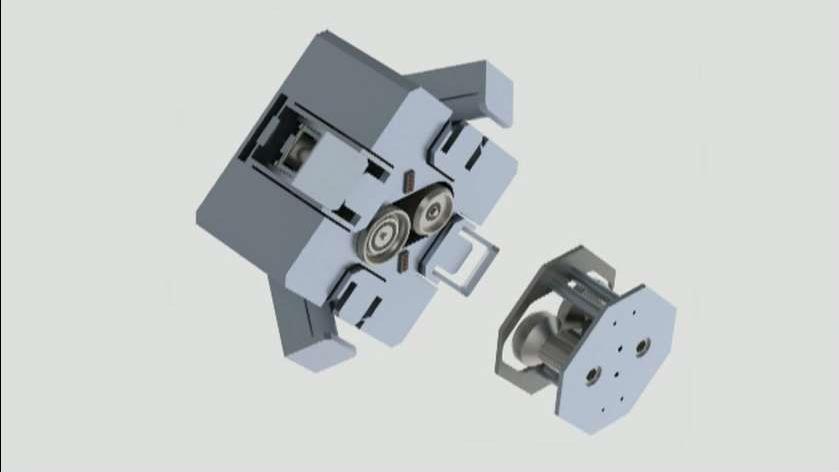Satellite spies watching your every move?
As satellites become capable of shooting higher-quality images and the number of them orbiting the Earth grows, do people need to worry about being spied on from above?
The number of Earth observation satellites in orbit has grown from 150 in 2008 to 768 today, MIT Technology Review reported. That has privacy advocates warning about innovation in satellite imagery advancing faster than the regulations to curb any potential abuse.
The U.S. sets limits on resolution allowed for commercial satellite images, making them powerful enough to see a car, but not the make and model, according to the report. They provide a detailed enough image for careful observers to predict oil supply from shadows inside storage tanks, for farmers to monitor flooding and for human rights organizations to watch the flow of refugees from war-torn areas.
A spokesperson for imaging company Planet Labs told CNET that its highest resolution imagery can’t distinguish individual people, license plates or other identifying information.
“Our imagery is ideal for monitoring large-scale change on a daily basis,” the spokesperson told CNET. “This includes seeing daily change across buildings and roads, forests, in agriculture, bodies of water and more.”
While the U.S. government has a cap on commercial image resolution, there’s nothing stopping a foreign company from using a satellite with higher resolution as it passes over the U.S. Foreign competition will likely pressure the government to loosen its current resolution limit, Technology Review reported.
The growing number of satellites overhead can also provide increased levels of observation, even under current regulations. Some satellite companies are working on revisiting locations multiple times per day, which could be used for something like tracking the times a car is typically in a driveway, the report noted.
Eventually, that could lead to a “living map,” Charlie Loyd, of custom mapmaker Mapbox, told MIT Technology Review. But it’s still “an extremely long way” off, he said.
CLICK HERE TO GET THE FOX BUSINESS APP
Peter Martinez of the Secure World Foundation told CNET that it doesn’t matter if satellite companies keep data separated from identifying information on people.
“The risks arise not only from the satellite images themselves but the fusion of Earth observation data with other sources of data,” he told CNET.
An even bigger change for satellite imaging is the use of radar sensing and hyperspectral images, which can penetrate clouds and show the height of an object down to a millimeter, Technology Review reported. The U.S. government has used the technology since the 1970s, but only approved it for commercial use last year.




















